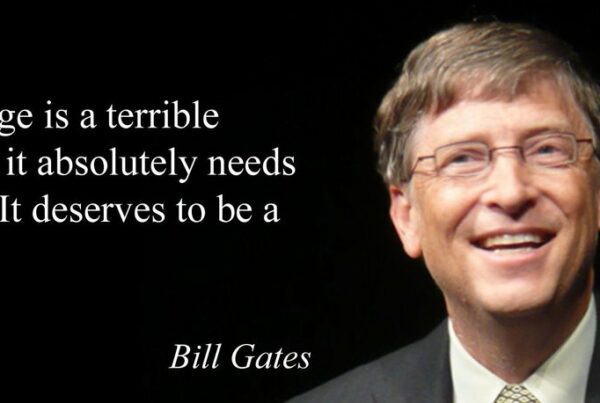Clayton Christensen’s profound impact is keenly felt as we are left with the legacy of his words, his ideas, and his principles. As a scholar, writer, editor, teacher, and leader, he inspired millions of people across industries and communities with thought-provoking commentary and astute observations on ethics, business, and faith.
“Decide what you stand for. And then stand for it all the time.” – Clayton M. Christensen (April 6, 1952 – January 23, 2020)
I know that I am one of countless that have turned to the guidance in his seminal texts — The Innovator’s Dilemma — and other writings. His keen insight into disruptive innovation changed the conversation, offering the pivotal argument that large, established companies tend to create products/services to meet the demands of their sophisticated customers; however, even if this strategy is successful, it means these companies may also ignore opportunities to attend to their less sophisticated customers, who eventually transform into larger market segments. A startup can easily swoop in to introduce a replacement that is cheaper and simple, encouraging widespread user adoption. This is “disruptive innovation.” “Through incremental innovation, that product is refined and moves upmarket, completing the disruption of the original company,” writes the editorial team at the Harvard Business Review (HBR).
As more and more technologies and innovation are introduced, disruption-concepts fuel many of our notions about the success and viability of existing and new companies. Clayton’s teachings are an oracle-like prologue, crescendoing as we have reached a pivotal new decade. His work emphasizes the importance of leadership laying the groundwork — understanding disruptive innovation, assessing it from all of the angles, and creating a resilient framework for leading an organization forward and through changing times.
In the article, “How Will You Measure Your Life?” Clayton offers anecdotes on how to apply foundational business principles to one’s life, illustrating a holistic examination of business theories and their application to uncovering personal truths. “If I had been suckered into telling Andy Grove what he should think about the microprocessor business, I’d have been killed. But instead of telling him what to think, I taught him how to think—and then he reached what I felt was the correct decision on his own,” he wrote. “That experience had a profound influence on me. When people ask what I think they should do, I rarely answer their questions directly. Instead, I run the question aloud through one of my models. I’ll describe how the process in the model worked its way through an industry quite different from their own. And then, more often than not, they’ll say, ‘OK, I get it.’ And they’ll answer their own question more insightfully than I could have.”
Co-collaborator and writer Karen Dillon noted in HBR that Clayton was deeply interested in innovation as a way to make solutions accessible and affordable to people around the world. This determination was accelerated by the urgency of his own health struggles. He reveled in diving into new theories that could be applied at “multiple levels.”
“The endurance of Clay’s thinking has taught me that a powerful theory is timeless. It may require fresh thinking about how it applies, it may require revisiting the context in which is it best used, but understanding the causal mechanism is always powerful,” wrote Karen.
The timeless influence of Clayton Christensen will be felt on a soul level for organizations and their leaders that have been fortunate enough to cross paths with his presence, whether in-the-flesh or through the large body of work that he leaves as a legacy. Clayton’s version of enlightenment elevates all that choose to ponder the layers of individual improvement for the good of the whole. It seems most fitting to end with yet another of countless gems that he has left to inspire us to be our best selves: “Your decisions about allocating your personal time, energy, and talent ultimately shape your life’s strategy.”











